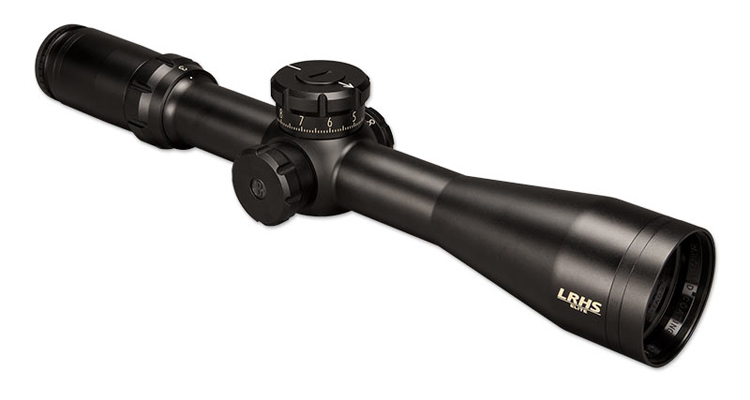
In the world of firearms, there is an unmistakeable link between technology developed for military applications, and the products developed for civilians. As outlined earlier in this issue, many of the bolt action rifles now considered to be little more than innocuous hunting rifles owe much of their design to one of the more statistically lethal rifles ever developed; the Mauser G96 rifle. And we're seeing the same trickle-down effect happen now as American sportsmen flock to the AR-15 in record numbers. Lightweight, reliable, and incredibly versatile, these same traits that have made the AR-15 a standout rifle on the battlefield are precisely the same traits that are valued by hunters, and at the current rate of adoption it is only a matter of time before such rifles become de rigueur for the hunting community.
Of course, here in Canada, hunting with the AR-15 is strictly verboten. But, thanks to the overwhelming growth in the number of people using similar equipment on their annual hunting expeditions, this phenomenon has led to a massive growth in products like Bushnell's latest optic; the Elite Long Range Hunter Scope, or Elite LRHS for short. This optic combines the best features of a tactical scope with the smaller size and lighter weight expected of a hunting optic.
On the tactical side of the equation, the most obvious design cues are the LRHS' large and easily grasped target turret controlling elevation, and the equally large parallax adjuster on the left side. Interestingly, the elevation and windage adjustments are both conducted in mils rather minutes of angle (better known as MOA or inches at 100 yards), with each click corresponding to 0.1 of a mil's adjustment. For those unaccustomed to this system, a tenth of a mil equates to roughly 0.36 of an inch at 100 yards, as one full mil is equal to 10 centimetres at 100 metres, or 3.6 inches. The total adjustment available in one revolution of the turret is 10 mils. Another feature borrowed from long range tactical scopes is the inclusion of a zero-stop system known within Bushnell's marketing department as "RevLimiter." This allows the rifle to be quickly returned to zero without the risk of dialing past it.
But that's just the tip of the tactical iceberg. Perhaps most interesting is the LRHS' status as Bushnell's first ever hunting optic with the reticle rendered in the first focal plane. This means that as the magnification is increased, the reticle is also magnified, and grows in proportion to the image. In the case of the LRHS this means that the unique G2H reticle, which features a two mil "Vital Bracket" circle around the crosshairs, will still represent a 20 centimetre circle at 100 metres regardless of magnification level. This is massively helpful when it comes to ranging targets, since it allows objects to be effectively measured against the reticle's known subtensions, at any magnification level. This in turn is useful for setting parallax on the side-mounted adjuster to ensure the clearest image possible.
However, as discussed, this optic represents one of the first to blend hunting features with military-inspired tactical feature, and as such does make a few concessions of note for the average sportsman. The first is the decision to leave the elevation turret exposed while covering the windage turret with a screw-down cap. As most hunters typically eschew shots far enough to call for windage adjustments for ethical reasons, this was obviously done to ensure the scope's windage wasn't inadvertently adjusted in transit or while being carried. The next nod to the sportsman's needs is the decision to utilize low-profile turrets on the parallax and elevation adjustment. Again, this keeps bulk down and reduced the scope's profile. And finally, there's the aforementioned G2H reticle that encircles 7.2" at 100 yards; specifically sized to bracket the vital organs on large North American game.
Which brings us to the quality of this optic. Having had the chance to handle it at SHOT Show, it is, as all Bushnell Elite optics are, very study. Adjustments are crisp, the glass clear, and the overall construction top-notch. But then again, it should be, as it is made by Light Optic Works in Japan; the same company tasked with building Nightforce's optics. And the price? Well, Canadian retail pricing isn't available as yet since this scope hasn't hit our market quite yet, but the US MSRP is $1,950 with most retailers offering it around the $1,500 US mark.